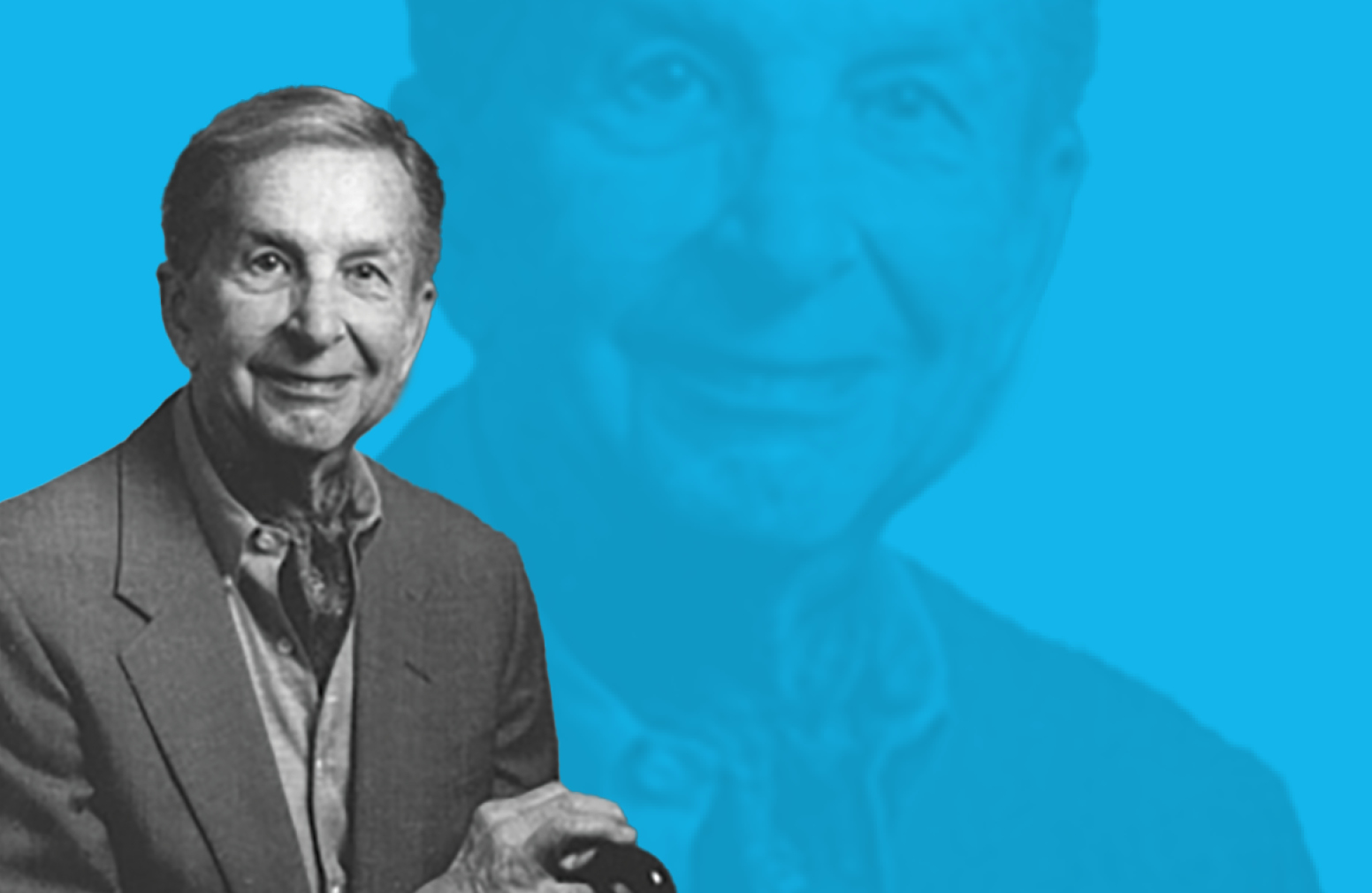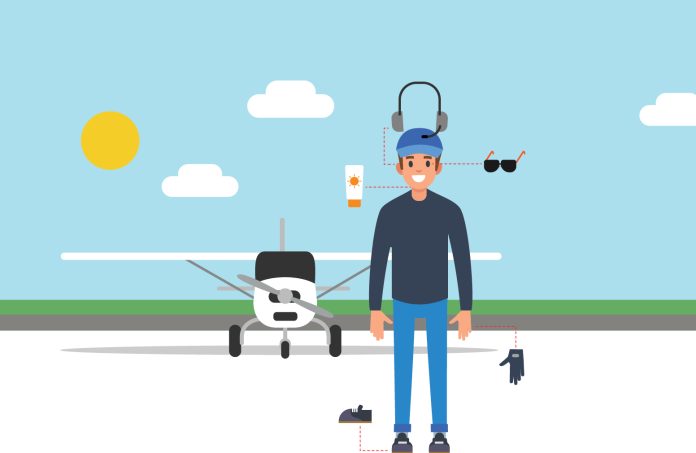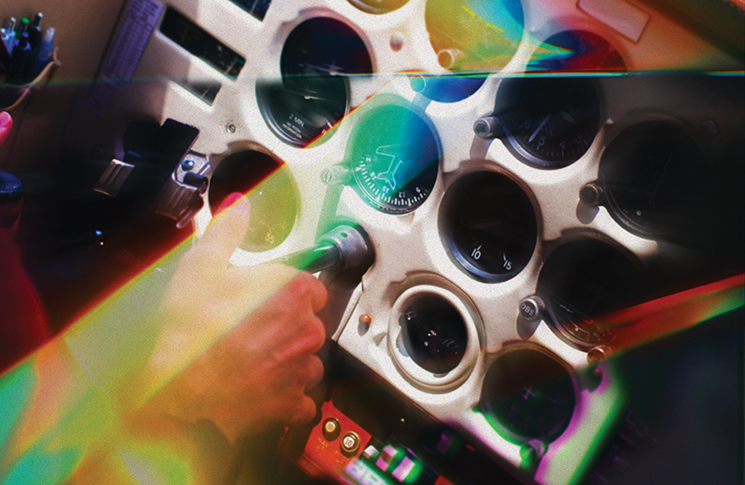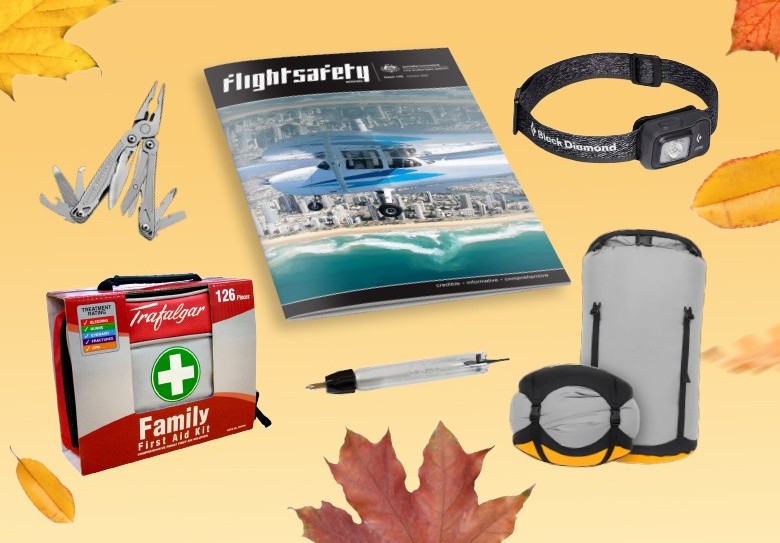Comfort is too important to be left at home when you fly. What you wear, combined with aircraft ergonomics, optimises your flying experience and keeps you safe.
The bad news is that many aircraft perform poorly in terms of crew comfort. A 1999 study of airliner pilot seats in the academic journal Applied Ergonomics makes gloomy reading:
The dimensions of pilot seats from 5 different types of civil aircraft were measured and the results compared with existing standards and biomechanical criteria. It was apparent that these seats failed to meet requirements … Hence, none of these seats made it possible for the pilot to establish a comfortable sitting posture. In comparison with aviation standards, the anthropometric dimensions were not satisfactory, meeting only 4 to 7 out of 10 requirements.
Office chairs and vehicle seats can be uncomfortable but their operators have one enormous advantage over pilots of all but the largest aircraft: they can get up for a walk around or stop for a break.
Related to comfort is cockpit design and control placement. This has a very strong safety connection, which is to say the safety implications of getting it wrong are dire.
You only need to look at famous singer John Denver’s fatal accident in 1997 to discover where poorly positioned controls led to disaster.
But let’s be positive and focus on what you can control.
Getting personal
Your personal preparation and what you choose to wear, carry and use is one of the key things that can make or break your flying experience.
First, we’ve got sun protection – I’m sure you remember the good ol’ Aussie slogan: slip, slop, slap. Well, it works in aviation, too. A well-fitted hat isn’t just a fashion statement – it’s a shield against the sun’s glare, keeping your vision clear and reducing eye strain.
And while sunglasses might make you look cool, they also keep your vision hawk-like. Opt for non-polarised ones so the polarised light from the GPS screen is not blurred. Try to choose glasses that don’t squeeze your head or pinch your nose because nobody needs a headache at 10,000 feet – I learnt that one the hard way!
Now, onto cold weather gear. Look for gloves that give you a good grip on the flight controls. And let’s not forget about footwear. A good pair of shoes with the right sole can make all the difference on long flights.
Car racers wear thin-soled shoes that maximise grip and feel on the pedals but that’s probably a bit extreme for the weekend warrior pilot. A good standard should be the shoes you like best for driving. Unless you’re planning to be doing a lot of walking, prioritise light comfortable shoes; conversely, 20th century wartime military pilots wore boots in case of being shot down.
Another aspect of good decision-making is adequate regulation of body temperature. As the temperature drops 2 degrees every 1,000 feet of elevation, flight suits and warm clothing are must-haves. Chilly cockpits are not the vibe when trying to focus on your flight plan. And if you’re prone to cold feet like me, some thick socks will prevent ice-block toes on short final.
Posture and positioning influence concentration. When you strap in, if your feet can’t achieve full deflection with the rudder pedals or you cannot see above the cockpit dash, you need to move the seat. Having an ergonomic configuration that works for you will ensure accurate posture and pedal reach.
And let’s not forget about communication – your headset should fit over your hat or headgear without compromising audio quality. When you plug your headset into the avionics, make sure no lengthy cables get in the way of the controls. My Bose headset cable seems so long I could lasso a cowboy, but my David Clarks don’t. Again, all this depends on your aircraft and cockpit layout. Whether it’s securing loose cables with headset clips or adjusting the cable flow away from the fuel selector, switches, levers and stick – no-one wants a cockpit full of cable spaghetti.
Last but not least is your harness. How tight should you wear it? An instructor once told me to keep it as tight as you would want it upon crash landing. Keep your body snug but not suffocated. Ensure no loose harness straps are hanging near flight controls or down by the rudder pedals.
Be mindful that whatever clothing you wear doesn’t snag on harness hooks or clasps – think sleeve cuffs, watches or jewellery. I’ve heard countless stories, and experienced it myself, where a sleeve catches on a harness clip. It’s the little things that count, especially when it comes to your comfort and safety in the air.
As you gain experience, these considerations become second nature. However, for new pilots, instructors should highlight these aspects to foster good habits from the beginning. Paying attention to little details improves comfort, reduces fatigue and promotes safety, making every flight a more enjoyable and successful experience.
Ten factors influencing cockpit comfort
In a well-designed cockpit, controls are intuitively placed, minimising the physical strain and mental workload you’ll experience during flight ops. While you can’t change your aircraft instrument layout, there may be some adjustments you can perform to optimise your performance.
- Seating adjustments
- adjustable seats: Ensures proper support and accommodate pilots of different heights and body types.
- lumbar or cushion support: reduces back strain during long flights.
- Control placement
- ergonomic layout: controls should be within easy reach to minimise the need for awkward
movements - logical arrangement: grouping related controls together to enhance intuitive use
- customisation: allows pilots to adjust control positions to suit their preferences.
- ergonomic layout: controls should be within easy reach to minimise the need for awkward
- Instrument visibility
- clear display: instruments should be easy to read with minimal glare or reflection
- optimal positioning: critical instruments placed within the pilot’s primary field of vision
- backlighting: adjustable lighting for instruments to ensure visibility in various lighting conditions. A camping head torch can help if instrument lighting fails. It’s an extra 150 grams worth carrying if your planned flight ends close to sunset.
- Environmental controls
- temperature regulation: effective heating and cooling systems to maintain a comfortable cockpit temperature
- ventilation: proper airflow ensures a fresh environment and reduces fatigue.
- Noise reduction
- soundproofing: minimises external noise, reduces stress and improves communication
- comfortable headsets: provide clear audio and comfort for long-term use.
- Accessibility
- ease of entry and exit: ensuring pilots can easily get in and out of the cockpit
- emergency controls: critical emergency systems should be easily accessible and operable under stress.
- Visibility and lines of sight
- clear windshield: maximises external visibility and reduces blind spots
- head-up display: projects critical flight information within the pilot’s line of sight.
- Pilot workspace
- adequate storage: sufficient space for charts, documents and personal items
- comfortable controls: smooth and responsive control surfaces to reduce physical strain.
- Adjustable controls
- yoke or stick: adjustable to fit the pilot’s reach and preferred handling style
- rudder pedals: adjustable to accommodate different leg lengths.
- Lighting
- ambient lighting: soft lighting to reduce eye strain during night flights
- task lighting: focused lighting for specific tasks, like reading charts or checklists.
Whatever you can adjust to improve your performance, do so. Otherwise, do the best you can to ensure you’re not going to be the next John Denver.

Alphonse Chapanis: changing the cockpit
Early in World War II, a series of Boeing B-17 crashes was causing concern in the US Army Air Corps. Enter a young psychology graduate, Alphonse Chapanis, who focused on improving the safety and usability of aircraft designs.
One of Chapanis’s most notable achievements was addressing the frequent crashes of B-17s during landing. He noted the flaps and landing gear had identical switches, placed side by side. In high-stress situations, pilots often mistook one switch for the other, resulting in disastrous consequences when the gear was raised after landing or the flaps retracted immediately after take-off.
Chapanis’s changes:
- He redesigned the controls to give each a unique shape and tactile feel. For example, the landing gear switch might have a knob, while the flap switch could have a lever. Pilots could distinguish the differences by touch alone, even in the dark or under stressful conditions.
- He introduced different colours and clear labels for each control. This visual differentiation helped pilots quickly identify the correct switch, reducing mistakes.
- He reorganised instrument panels to combine related controls and instruments. This arrangement made it easier for pilots to find and operate controls without diverting their attention from flying.
- Chapanis advocated for a standardised placement of controls across different aircraft models. This consistency meant pilots trained on one aircraft type could more easily transition to another without relearning the control layout.
These innovations are now standard practices in aviation design worldwide. Chapanis’s work significantly reduced pilot error, improving overall flight safety and efficiency.
He went on to work on the first push-button telephones and developed the 3 rows of 3 numbers with zero beneath, the layout that remains in use in the smartphone era. He died in 2002.
Fatal fuel selector
The pilot in this accident, John Denver, had more than 2,750 hours and came from an aviation family. His father had flown the fearsome and unforgiving B-58 Hustler supersonic strategic bomber for the US Air Force. His son made his living in a different world, where stardom enabled him to become an accomplished private pilot.
Denver held ratings for single and multi-engine aircraft and gliders, an instrument rating and a Learjet-type rating, along with the almost 3,000 flight hours. However, his experience did not extend to the Rutan Long-EZ, the experimental aircraft he piloted on that fateful day in 1997 near Monterey Bay, California.
The National Transportation Safety Board found the fuel selector valve’s positioning behind the pilot’s left shoulder put Denver into a precarious position when changing fuel tanks, contributing to the loss of control that led to his death.
That accident highlights the need for ergonomic cockpit design and thorough pilot familiarity with aircraft controls.





